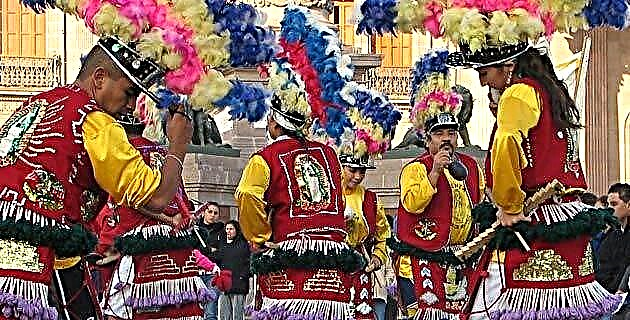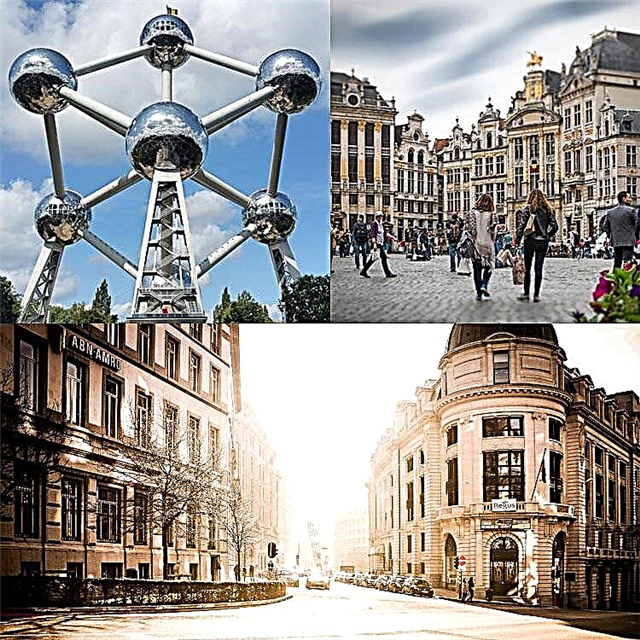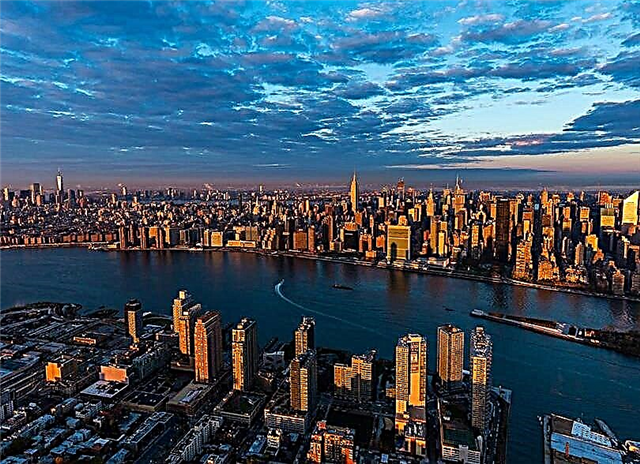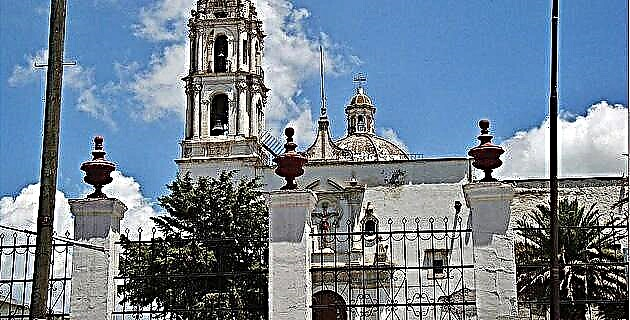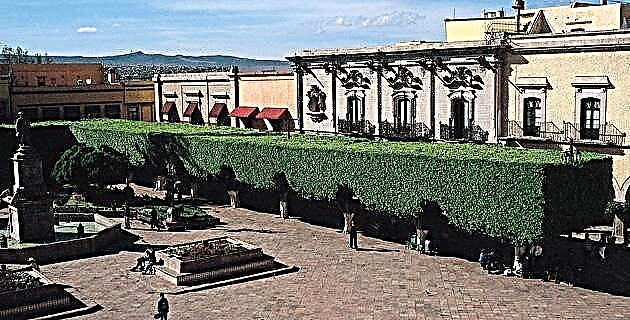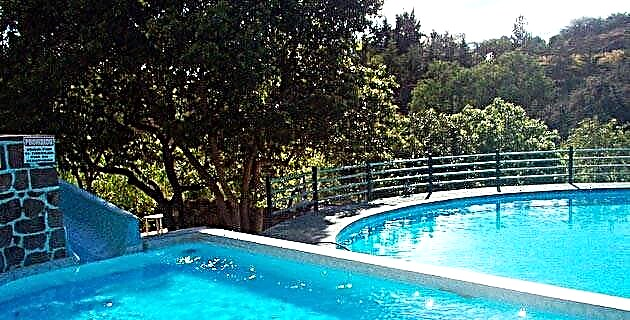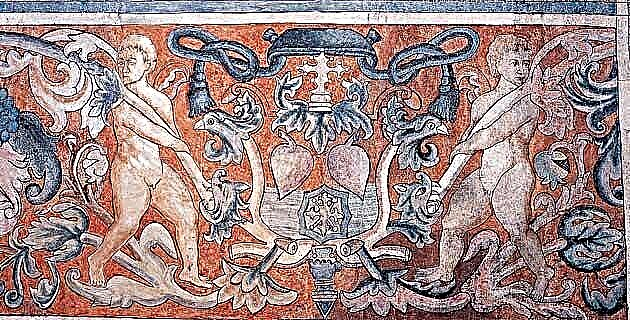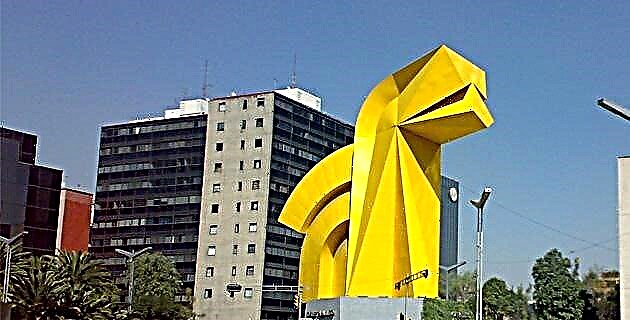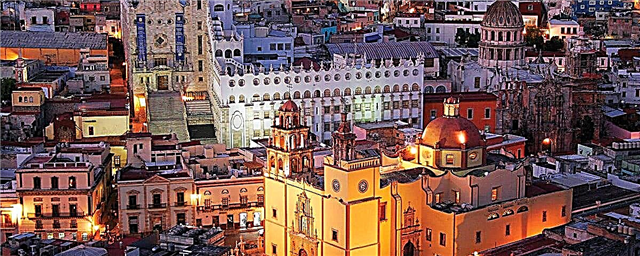
Undoubtedly, the main attraction of the city of Guanajuato, capital of the state of the same name, declared a World Heritage Site by UNESCO in 1988, is its exquisite colonial architecture and its distinctive urban layout.
Without a doubt, the main attraction of the city of Guanajuato, capital of the state of the same name, declared a World Heritage Site by UNESCO in 1988, is its exquisite colonial architecture and its distinctive urban layout.
We do not forget, of course, its distinguished history, so decisive in the future of the country. Guarded by the Cerro del Cubilete, in this beautiful city it is still possible to contemplate its mining boom constructions. It is also a city brimming with culture, as its streets, theaters, temples and squares serve as the stage for the unique International Cervantino Festival every year.
FRIDAY
19:00 We arrived in the city of Guanajuato and immediately settled in the Hotel Castillo de Santa Cecilia, an old remodeled beneficiation farm that preserves a walled building.
20:30 We head to the city center in search of a place to dine and recover from the trip. Thus, we arrived at Café Valadez, a traditional meeting place for Guanajuato residents and visitors, where we enjoyed the wonderful view of the Juárez Theater and the coming and going of the people.
21:30 To facilitate digestion we take a brief walk through the Union Garden, located in what was the atrium of the Temple of San Diego, for what in its time it was known as Plaza de San Diego, and since 1861 it bears its current name.
Before we get tired, we go back to the hotel to take a well-deserved rest, because tomorrow will surely be a very busy day.
SATURDAY
8:00 Taking advantage of the fact that the hotel is located on the path that leads us to the Mineral de La Valenciana, we headed there, and after about two kilometers we arrived at the Temple of San Cayetano. Its construction began around 1775 financed, above all, by the owners of the mine (Don Antonio Obregón y Alcocer, count of Valenciana) and by the alms of the faithful. The work was completed in 1788 and was dedicated to Saint Cayetano confessor; today it is known as the Temple of the Valenciana.
The complex is accompanied by an annexed convent that has had various uses. At present it houses the School of Philosophy and Letters and the Historical Archive of the University of Guanajuato.
10:00 We headed to the city center and our first stop was at the Alhóndiga de Granaditas, a building designed as a warehouse for grains and seeds. Its construction began in 1798 and culminated in 1809. In its beginnings it was known as El Palacio del Maíz. Its popularity is due to the historical episode that occurred on September 28, 1810 when the royalist troops used it as a refuge and, according to history, a young miner named Juan José Martínez, nicknamed "El Pípila", protected with a large slab from quarry on his back managed to approach the door to set it on fire and take it by storm. After 1811 the building has been used as a school, barracks, jail and, finally, as a Regional Museum.
12:00 Our next stop is the popular Mercado Hidalgo, inaugurated on September 16, 1910, and which stands out for its unique iron tower with its four-sided clock. The market consists of two floors: in the first we find fruits, vegetables, meats, seeds and various prepared foods. On the upper floor there are all kinds of handicrafts, clothing and leather goods; this is the ideal place to acquire the inevitable memory of our visit to Guanajuato.
12:30 Right in front of the Hidalgo market is the Temple of Belén, with a Churrigueresque façade with sculptures of San Antonio and Santo Domingo de Guzmán, an arched choral window and an unfinished one-body tower. Inside, the pulpit and the main Gothic-style altarpiece stand out. Construction began on this building with the support of Don Antonio de Obregón y Alcocer, first count of Valenciana, and it was completed in 1775.
13:00 We arrive at the Reforma Garden, a quiet tree-lined space that leads us to the Plaza and Temple of San Roque, the place where the Cervantine Entremeses originated in the 1950s, theatrical performances that resulted, in 1973, in the International Cervantino Festival. The temple was built in 1726 and its main access is guarded by two side stairs that lead to a sober Baroque doorway.
13:30 We cross the Plaza de San Fernando, and we turn again to Juárez Street, which leads us to the Legislative Palace, considered one of the most beautiful in our country and which was completed in 1900. Its facade, made of green, pink and purple, reveals a marked Porfirian style. In its upper part, there are five windows with beautiful ironwork balconies topped by a balustrade cornice.
14:00 Then we continue towards the Plaza de la Paz. The Plaza Mayor, as it is also called, has in its center a monument to Peace (hence its name), sculpted by Jesús Contreras and inaugurated in October 1903. This has been a meeting place since, practically, the Colony. In the year 1858, Don Benito Juárez declared, from here, the city of Guanajuato as the capital of the Republic.
14:20 With so much walking, our appetite has been whetted and we decided to go to eat at Truco 7, a bohemian corner of Guanajuato where you can enjoy good cuisine, good coffee and, above all, an excellent musical selection to accompany our food. Perhaps the most important thing is that the prices are reasonable. Here we will enjoy one of the typical dishes of Guanajuato: the mining enchiladas.
15:30 Satisfied our senses of taste and hearing, we walked towards the Basilica of Our Lady of Guanajuato, a building that shows different architectural styles, the result of various construction stages. The interior is decorated with neoclassical altars, and on the main altar rest the embalmed body and the powdered blood of Saint Faustina the martyr, relics donated by the first count of Valenciana in 1826.
16:00 We left the basilica and went up the Callejón del Student to reach the University of Guanajuato, famous for its high staircase originally built by the Society of Jesus in 1732 to house a teaching college. After the expulsion of the company from our country, the building was declared the Royal College of the Immaculate Conception. Years later, in 1828, it was designated as the State College, and in 1945 it was elevated to the rank of a university.
16:30 On one side of the university is the Temple of the Company, perhaps one of the most important Jesuit temples in all of New Spain. Its neoclassical dome, built in the second half of the 19th century, stands out, replacing the original one that collapsed in 1808.
17:00 Walking through the Callejón de San José we passed the Temple of San José, built as a temple-hospital for the Otomi Indians who were brought to work in the mines. We continue on our way and come to the Plaza del Baratillo, which owes its name to the fact that a kind of tianguis is held there. Today we find flower vendors there. A Florentine style bronze fountain stands out, surrounded by a carved quarry base.
18:00 We continue our way to the east of the city until we reach Plaza Allende where, since the 1970s, the sculptures of "Don Quixote" and "Sancho Panza" that guard the Cervantes Theater have been located.
18:30 We now continue along Calle de Manuel Doblado, to arrive at the Plaza de San Francisco where we visit the Don Quixote Iconographic Museum, dedicated to Don Quixote de la Mancha and his faithful squire Sancho Panza. In it we can see engravings, paintings, sculptures and ceramics alluding to the character of such renowned artists as Dalí, Pedro Coronel and José Guadalupe Posada.
19:00 We left the museum to visit the Temple of San Francisco that gives its name to a small square. On its baroque façade the images of Saint Peter and Saint Paul stand out. The pink quarry façade is topped by a circular clock framed in green quarry.
19:30 We arrive at the Juárez Theater, a majestic venue built in what was the convent of San Pedro de Alcántara, and later the Hotel Emporio. The first stone was laid on May 5, 1873 and was inaugurated on October 27, 1903 by Don Porfirio Díaz. Its portico is neoclassical and is made up of 12 fluted columns; the set is topped by a balustrade on which the eight muses of classical mythology rest.
SUNDAY
9:00 We started the day having breakfast at El Canastillo de las Flores, in the Plaza de la Paz.
10:00 Our tour begins at the Temple of San Diego, which has a façade topped by an image of the Virgin and its only bell tower. Inside there are two chapels: La Purísima Concepción and Señor de Burgos. It has several paintings from the 18th century, the most outstanding being that of the Immaculate Conception, awarded to José Ibarra.
10:30 We cannot visit Guanajuato without going up to see the monument to El Pípila, eternal watchdog of the city that looks imposing from the hill of San Miguel. You can go up on foot or by funicular. From this it is possible to observe the city.
11:00 We decided to go down one of the narrow paths that leads us to the Callejón del Beso, a very narrow alley where the two balconies that gave rise to the tragic love legend of Dona Ana and Don Carlos stand out.
11:30 We visit another obligatory point in Guanajuato, the famous Museum of the Mummies, on the slopes of Cerro Trozado. At present, 119 mummified bodies can be seen distributed in rooms with display cabinets and with an excellent museum work. There is a room known as the "Hall of Death" from which more than one, child or adult, comes out terrified.
13:30 To end our visit, we return to the city center to visit the city's museums, such as the Diego Rivera Museum-House that has a collection of the work of this Guanajuato artist; the Museum of the People of Guanajuato that offers us a rich collection of pre-Hispanic art, works of art by José Chávez Morado and Olga Costa; the José Chávez Morado-Olga Costa Museum with a collection of the works of this couple of artists.
Another option is to visit the ancient Minerals of Tasting and Mellado. In the first one, the Temple of the Lord of Villaseca is erected, which receives thousands of faithful every year.
weekend in Guanajuato
